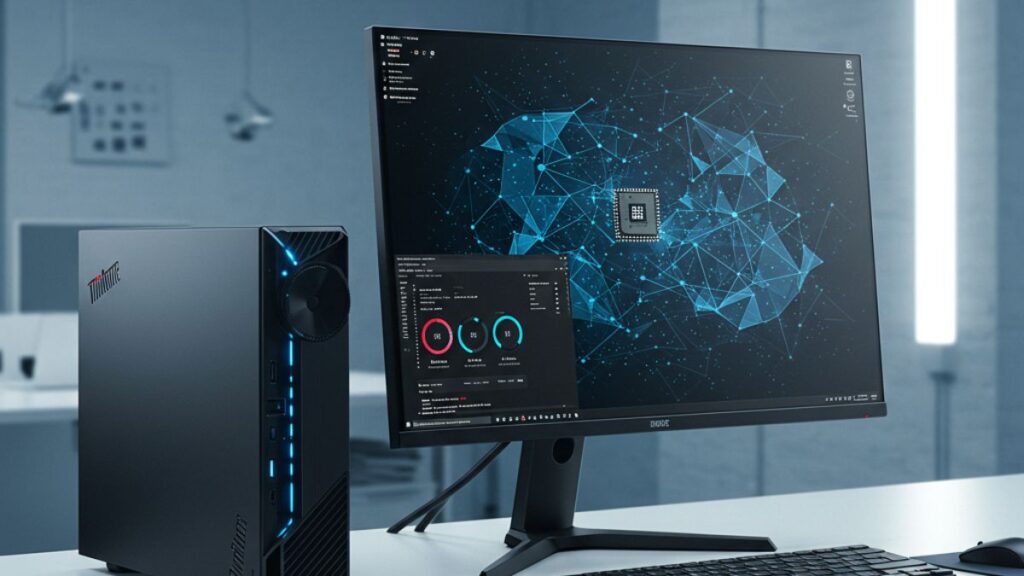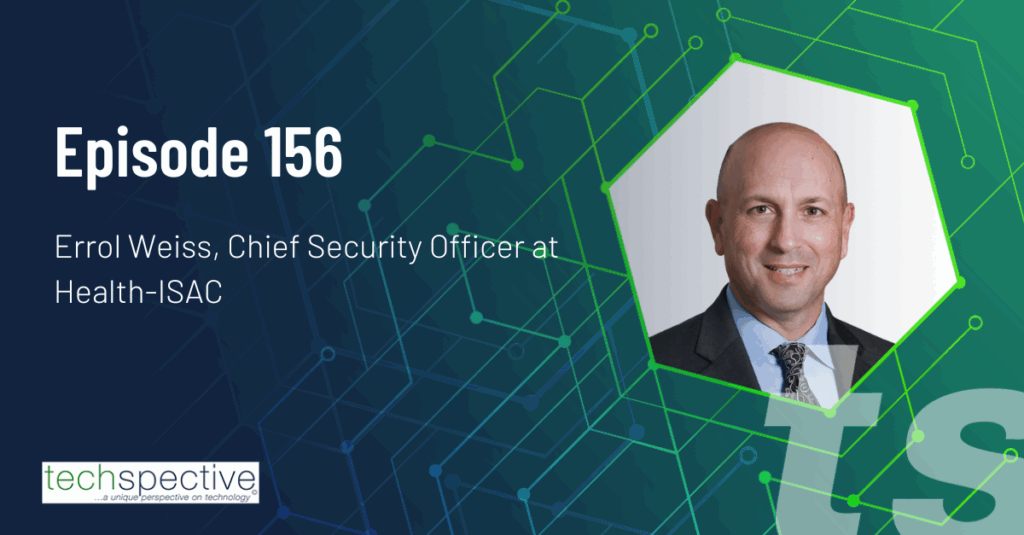The 2024 Proofpoint “Voice of the CISO” report is a useful barometer for understanding the current cybersecurity landscape, providing valuable insights from 1,600 CISOs globally. This year’s findings reveal a complex picture where heightened concerns coexist with a growing sense of confidence. Here’s a detailed summary of the key points and their implications for organizations.
Key Findings
1. Heightened Concerns Amidst Growing Confidence: CISOs report increased confidence in their cybersecurity measures; however, 75% still believe their organization is at risk of a significant cyber attack within the next year. This paradox reflects the expanding attack surface due to remote work and cloud technologies, which complicates defense strategies despite improved tools and protocols.
2. Persistent Vulnerability of Human Error: Human error remains a major vulnerability. Phishing and social engineering attacks continue to exploit employees, making comprehensive user education and training programs essential. The report underscores the need for ongoing awareness initiatives to reduce these risks.
3. The Double-Edged Sword of AI: AI presents both opportunities and challenges. On one hand, it enhances threat detection and response capabilities. On the other, it introduces new security concerns, particularly around the misuse of AI by malicious actors and the need to secure AI systems themselves.
4. Budgetary Constraints and Workforce Issues: Many organizations are grappling with shrinking cybersecurity budgets and workforce reductions. These constraints are exacerbated by increased demands from the C-suite and concerns about personal liability, adding to the pressures faced by CISOs.
Importance for Organizations
The insights from the 2024 report are crucial for organizations as they highlight the dynamic and often precarious state of cybersecurity today. Understanding these trends helps organizations better prepare for potential threats and align their strategies with current realities.
Increased Confidence with Persistent Concerns: While it’s encouraging that CISOs feel more confident, the high expectation of cyber attacks indicates that complacency is not an option. Organizations must continually evolve their defenses to keep pace with the growing sophistication of threats.
Focus on Human Error: With human error identified as a persistent issue, it’s clear that technical solutions alone are insufficient. Cybersecurity strategies must include robust employee training and awareness programs to mitigate this significant risk factor.
Balancing AI’s Promise and Perils: AI’s potential to enhance security is substantial, but it must be deployed carefully. Organizations need to balance leveraging AI for improved defenses while safeguarding against its misuse and ensuring their AI systems are secure.
Navigating Budget and Workforce Challenges: The reality of constrained budgets and workforce reductions means that organizations must be strategic in their resource allocation. Prioritizing investments in critical areas like threat detection, incident response, and user training can yield the most significant benefits.
Takeaways and Action Items
To effectively respond to the insights from the report, organizations should consider the following actions:
- Enhance Cybersecurity Training Programs: Invest in continuous training to improve employee resilience against phishing and social engineering attacks. Regular simulations and updated training modules can significantly reduce the risk of human error.
- Strategic Use of AI: Implement AI thoughtfully to enhance security measures. Ensure that AI systems are well-secured and that there are robust protocols to manage AI-driven technologies.
- Optimize Budget Allocation: Focus on areas that offer the highest return on investment, such as advanced threat detection, robust incident response mechanisms, and comprehensive user education programs.
- Strengthen Incident Response Plans: Given the high likelihood of cyber attacks, having a robust, tested incident response plan is critical. Regular updates and simulations of these plans will ensure readiness.
- Engage with Leadership: Foster a cybersecurity-aware culture at the C-suite and board levels. Clear communication about risks and the strategic importance of cybersecurity can help secure necessary support and resources.
The one area I sort of take issue with is the focus on user awareness training. I think user awareness training is valuable, but I don’t think the security of an organization should rely on it. Are users on the front line for phishing and social engineering? Absolutely. I just feel like the solution should be to develop and implement better technology that can protect against cyber attacks in spite of that fact rather than expecting to address the issue by making users better educated and putting the responsibility on them.
The 2024 Proofpoint “Voice of the CISO” report offers a valuable lens through which to view the evolving challenges and strategies in cybersecurity. By taking proactive steps based on these insights, organizations can better protect themselves against ever-present and growing cyber threats. For further reading, you can access the full report and related resources on Proofpoint’s website.




Comments are closed.